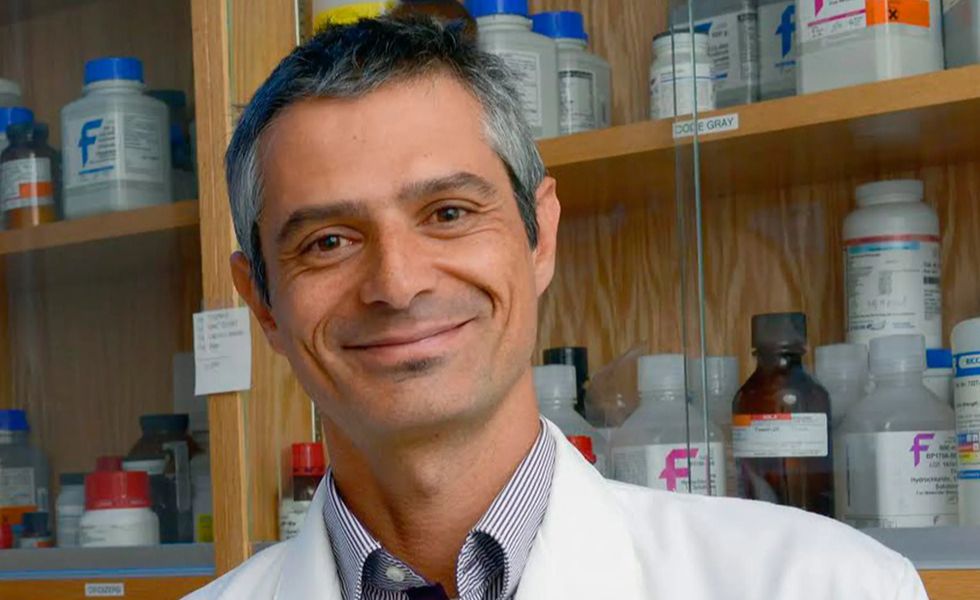
-
Careers • News • Contact us •
- Login
- Français
Nov 01, 2023
From 1:30 PM to 2:30 PM
Location
QCCanada
Special Conference
Ivan D'Orso

Transcriptional regulatory mechanisms in human health and disease
Ivan D’Orso, PhD
Professor
Department of Microbiology
University of Texas Southwestern Medical Centre
This conference is hosted by Javier M. Di Noia, PhD.
In person:
IRCM Auditorium
110, avenue des Pins O, H2W 1R7 Montreal
About this conference :
Signal-induced transcriptional programs regulate critical biological processes through the precise spatio-temporal activation of Immediate Early Genes (IEGs) and are usurped by pathogens like HIV-1 to regulate their fate. However, the mechanisms of transcription induction and their physiologic relevance are still unfolding. The first part of the seminar will present data supporting a model the KAP1/TRIM28 protein is a first responder that fulfills the kinetic transcriptional demand of signal-induced genes. Acute KAP1 loss triggers an increase in RNA Polymerase II (Pol II) elongation rate, which derails the kinetic progression through the transcription cycle with alterations at the level of termination potentially impacting reinitiation. In addition to the negative regulation of genes and retroelements through epigenetic silencing and heterochromatin formation, we propose cells evolved KAP1 to counterintuitively repurpose its repressive role for transcription activation. These studies expose a yet previously unknow facet of KAP1 “split personality” important for cell physiology and organismal functions. The second part of the seminar will provide evidence supporting a revised model of HIV-transcriptional activation and its importance to complete the pathogenic cycle. Specifically, a prevailing model of HIV-1 transcription activation is that Pol II is stably paused at the promoter and that the viral encoded transcription factor Tat facilitates pause release upon cell stimulation. Surprisingly, we revealed that HIV-1 bears almost undetectable levels of paused Pol II before stimulation consistent with low transcription levels and that transcription is primarily induced through the recruitment of new Pol II molecules and Tat-mediated deceleration of Pol II pause duration. High resolution Pol II mapping reveals HIV-1 enhancer–bound Pol II molecules and promoter-proximal fuzziness as key regulatory features shared by a subset of signal-inducible genes, suggesting evolutionary tradeoffs for this regulatory mechanism. We propose that synchronization of accelerated Pol II pause release to facilitate higher initiation frequencies are fundamental HIV-1 regulatory steps and thus have critical implications for our understanding of HIV-1 latency and reactivation.
To make sure you don't miss any of the IRCM conferences, sign-up now for our newsletter!

© Montreal Clinical Research Institute, Année.All rights reserves. | Privacy policy | Terms of use | Web site by Agence Riposte


